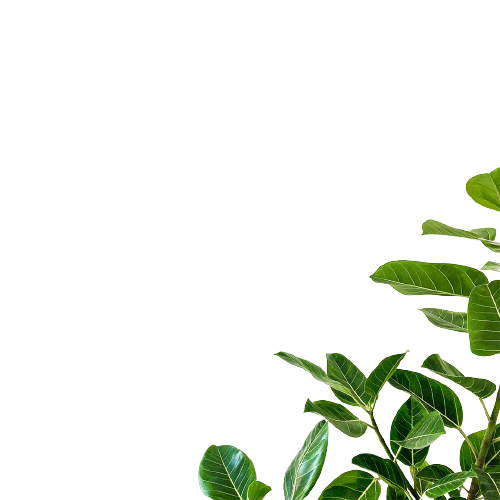Almost an entire year was lost from the face of the earth, due to the great pandemic of Covid-19. A year that was witness to a series of death throughout the world. It has been often stated by experts or intellectuals that Covid-19 could also be renamed as World War III, only without the army invasions and the bombings. It could be rather put under the category of biological warfare.
Although the fact could not be grasped to the full literary meaning, but it was implicative enough for the mass of the world to realise its depth. Though no real war was fought between allies and enemies, there were great rifts created between nations. The true sense of border could be realized by people who were separated from their loved ones living across borders, due to strict lockdown measures. The strength of military, though not utilised in battlefields, were greatly required by many countries to maintain the phenomenon of social distancing.
Not only were the social scenarios of the pandemic similar to the World Wars, but also the effects were in stark similitude with those of the Trench warfare, implemented during World War I.
What was Trench warfare?
According to renowned media ‘History’, Trench warfare in World War I was employed primarily on the Western Front, an area of northern France and Belgium that saw combat between German troops and Allied forces from France, Great Britain and, later, the United States.
Although trenches were hardly new to combat: Prior to the advent of firearms and artillery, they were used as defences against attack, such as moats surrounding castles. But they became a fundamental part of strategy with the influx of modern weapons of war.
Long, narrow trenches dug into the ground at the front, usually by the infantry soldiers who would occupy them for weeks at a time, were designed to protect World War I troops from machine-gun fire and artillery attack from the air.
Effects of the Trenches
As studied by Brian Dunleavy, with soldiers fighting in close proximity in the trenches, usually in unsanitary conditions, infectious diseases such as dysentery, cholera and typhoid fever were common and spread rapidly. As they were often effectively trapped in the trenches for long periods of time, under nearly constant bombardment, many soldiers suffered from “shell shock,” the debilitating mental illness known today as post-traumatic stress disorder (PTSD). Victims of Shell Shock had to be sent to health centres, for recovery of the trauma. They often reported to have completely lost the sense of smell and taste. The experience of being bound by a small space, resulted in extreme mental pressure, trauma and nervous strain. Death was one of the most common factors that had become undeniable, after a trench life, some lived, but not with happiness.
How Covid-19 affected people?
It has been since that similar were the trench experiences of the victims of the inhuman condition of this warfare, and that of the people who suffered the consequences of Covid-19, either directly or indirectly. The phenomenon of quarantine, isolation and also the physical effects of Covid-19, for instance the loss of smell or taste, could be easily connected to the experiences caused due to the trenches. Also, the mental health of many people, especially that of children, who were confined within four walls for almost a year, and are still somewhat not completely free, has had deteriorating effects. The fear of lockdown or quarantine has snatched away the normal lives from many. Death remains same here too.
It can be said precisely that both World Wars and The Great Pandemic of Covid-19, were successful in the bereavement of lives from humanity. At this hour of the second wave of the pandemic hitting the globe, we must make sure to take care of ourselves, and our loved ones, so that no more lives are snatched away, either physically or psychologically.
As said by scholars, “A soldier might come back from war, but war never really leaves him”.






